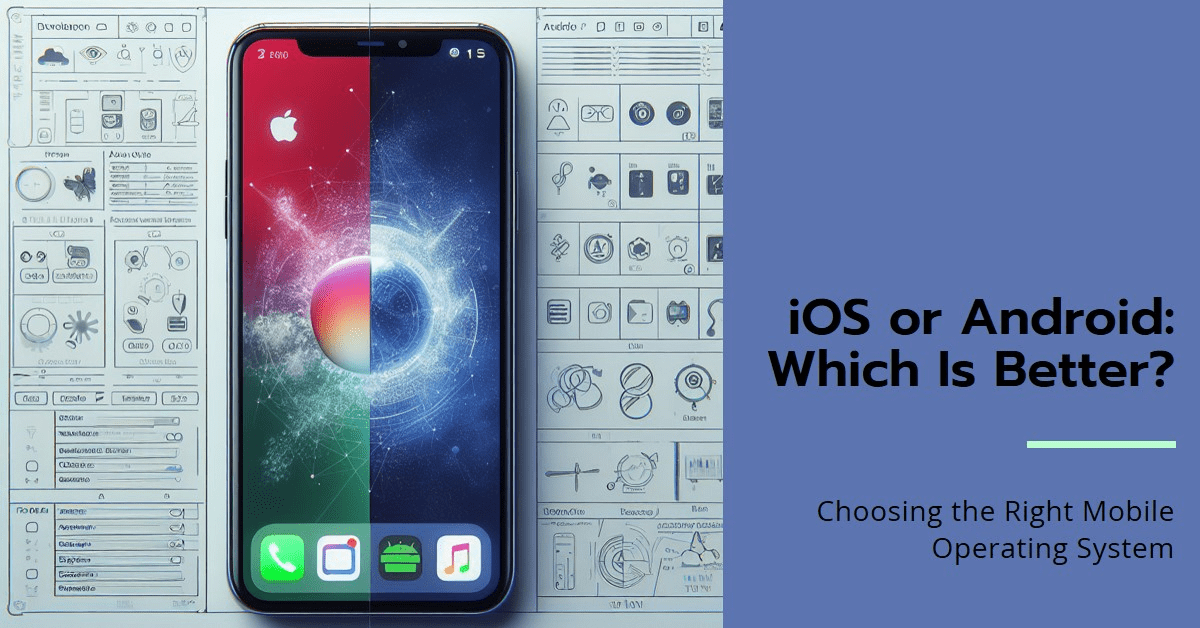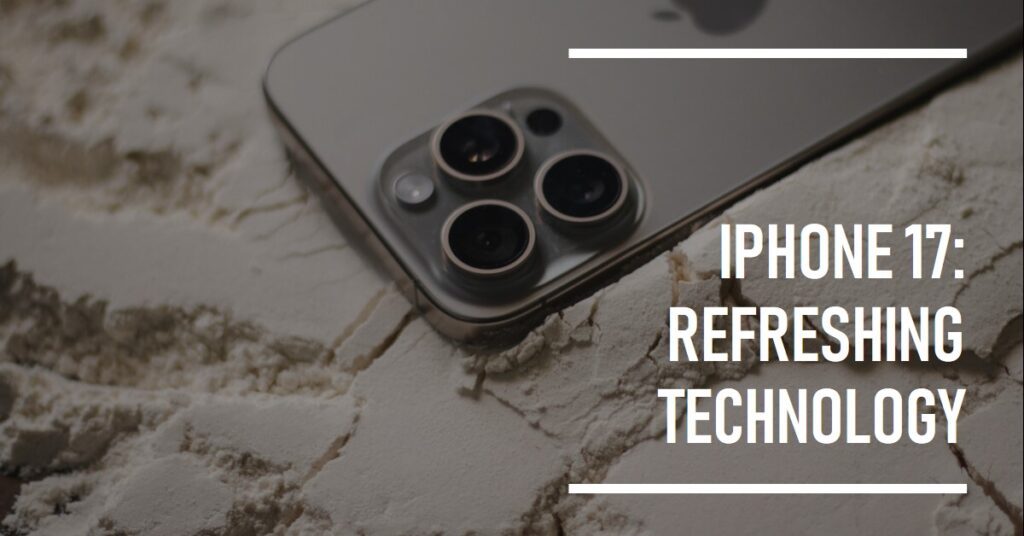iOS App Store vs. Google Play Store – Which Reigns Supreme?

In the ever-evolving landscape of mobile app development, developers are confronted with a pivotal decision – the choice between the iOS App Store and the Google Play Store. This decision is a game-changer, influencing everything from the approval process to visibility and eventual monetization. In this comprehensive guide, we delve into the intricacies of each platform, providing developers with insights to make informed choices.

Table of Contents
ToggleDecoding the Platforms: A Comparative Analysis
iOS App Store: Where Visibility Meets Challenges
- High Visibility: The iOS App Store stands out for its high visibility, offering a prime space for featured apps.
- Reasonable Submission Cost: While there is a submission cost, it’s reasonable, making it accessible for developers.
- Lengthy Approval Process: However, developers must brace themselves for a meticulous and time-consuming approval process.
- Intense Competition: The platform’s popularity also means intense competition, requiring developers to stand out creatively.
- User Willingness to Pay: iOS users are more inclined to pay for apps, potentially boosting revenue.
Google Play Store: Streamlined Submission with Its Own Set of Challenges
- Less Tedious Submission: The Google Play Store offers a less tedious submission process, easing the entry for developers.
- $25 Submission Fee: With a nominal $25 submission fee, it’s a cost-effective choice for app developers.
- Effective for Creating Diversity: The platform excels in creating diverse apps but faces challenges due to its fragmented nature.
- Android Users Prefer Free Apps: A significant user preference for free apps poses monetization challenges for developers.
Navigating the Approval Maze: A Comparative Look
iOS App Store: Meticulous but Rewarding
- Long and Meticulous Approval Process: The iOS App Store follows a thorough approval process, demanding patience and creativity from developers.
- Emphasis on High-Quality Apps: The scrutiny aims for high-quality apps, providing clear feedback to developers.
Google Play Store: Swift Approval with Caveats
- Simplified Approval Process: Google Play Store boasts a swift approval process, taking two hours or less.
- Freedom for Experimentation: While it offers freedom for experimentation, the risk of lower-quality apps going live is a challenge.
App Development Challenges: Navigating the Landscape
App Store: Stringent Standards vs. Google Play: Freedom with Risks
- Stringent Standards and Rules: The App Store upholds stringent standards, making app development a meticulous process.
- Time-Consuming Process with Valuable Feedback: Despite a lengthy approval process, initial rejections provide valuable feedback, enhancing developers’ skills.
Google Play Store: Easier Entry with Potential Pitfalls
- Easier App Submission: Google Play Store simplifies app submission, providing a higher chance of approval.
- Risk of Bugs with Limited Feedback: However, the ease comes with risks, including potential bugs and limited feedback.
Strategies for Visibility: Standing Out in a Crowded Space
iOS App Store: Creativity is Key
- Great Visibility Post-Approval: Achieving visibility post-approval is crucial, with various channels for promotion.
- Keyword Search Model Limitations: However, the reliance on a keyword search model poses limitations, demanding constant creativity to stand out.
Google Play Store: Navigating the Search Maze
- Good Visibility with Potential Customers: The search function boosts visibility, but standing out in a competitive environment is a constant challenge.
- No Reliance on Specific Keywords: Unlike iOS, there’s no reliance on specific keywords, presenting a different set of challenges.
Diving into Numbers: Metrics and Outcomes
Google Play Store’s Swift Approval Process: A Double-Edged Sword
- Rapid Approval, But Quality Concerns: Google Play Store’s swift approval process takes two hours or less, raising questions about the guarantee of the highest quality.
Apple App Store’s Revenue Dominance
- Equal Rules, Different Outcomes: Both platforms follow a 70-30 revenue split, but the Apple App Store dominates, generating an estimated $85.1 billion in 2021, surpassing Google Play Store’s $47.9 billion.
Market Dynamics: Beyond Numbers
Apple’s Market Dominance Despite Android’s Reach
- Revenue Dominance Despite Market Share: Apple’s App Store outshines Google Play in revenue, despite Android’s larger market share.
- Valuation Beyond Measure: As of August 2022, Apple’s market cap of $2.66 trillion makes it the world’s most valuable company.
Evolution and App Numbers: A Comparative Outlook
Growth Since Inception: A Tale of Two Platforms
- Growth Since 2008: Both app stores have seen substantial growth since their 2008 launches, with the Google Play Store excelling in app count and the Apple App Store leading in revenue.
- Quantity vs. Quality: Despite a larger app count on the Google Play Store, the Apple App Store maintains a focus on quality.
User Perspectives: Trustpilot Ratings Unveiled
Trustpilot Insights: A Mixed Bag
- 1.6-Star Ratings for Both: Trustpilot ratings of 1.6 stars reflect mixed customer sentiments, highlighting positive and negative aspects.
Android and Apple User Satisfaction
- Google Play Organization with Quality Concerns: Google Play users appreciate organization but express concerns about low-quality apps, emphasizing the need for improvement.
- Apple’s Seamless Experience: Apple App Store users express satisfaction with the product range and commend the Apple customer service team.
Costs and Monetization Strategies: The Business Side
Developer Fees: A Business Decision
- iOS App Store’s Annual Fee vs. Google Play’s One-Time Charge: The $99 per year developer fee for the iOS App Store contrasts with Google Play’s one-time $25 fee, impacting accessibility for developers.
Revenue Models: Adapting to User Preferences
- iOS App Store’s Paying Customer Base: With iOS users accustomed to paying, developers on this platform have distinct monetization advantages.
- Google Play’s Free Preference: Android users’ preference for free apps poses challenges for developers aiming for direct revenue per download.
The Unending Battle: Wrapping Up the Saga
Continuous Evolution: Opportunities Amid Challenges
- Room for Growth and Improvement: The ongoing evolution of these app stores presents opportunities for growth, improvement, and enhanced user experiences.
A Tie in the Contest: The Perpetual Competition
- No Clear Winner in the Ongoing Battle: Declaring a clear winner in the Apple App Store vs. Google Play Store contest is challenging, given the perpetual competition and ever-evolving dynamics.
Choosing Wisely: Developer Considerations
Strategic Decision-Making: Leveraging Resources for Success
- Strategic Decision for Developers: Choosing between the iOS App Store and Google Play Store is strategic, demanding careful consideration of various factors.
- Leveraging Resources: Developers should leverage the rich resources provided by both platforms to enhance their chances of success.
Frequently Asked Questions: Navigating Common Queries
From Quality Assurance to Regional Variations
- Google Play Approval Time vs. App Quality: Quick approval on Google Play doesn’t guarantee app quality, emphasizing the need for user caution.
- Apple App Store’s Revenue Superiority: Apple’s App Store outperforms Google Play in revenue, showcasing its dominance in the market.
- User Opinions on Trustpilot: Trustpilot ratings reveal mixed sentiments but emphasize the user-friendly nature of both platforms.
- Developer Fees Distinction: The one-time $25 fee for Google Play differs significantly from the yearly $99 fee for the Apple App Store.
- Recommended Platform for App Launch: Launching apps on iOS first is often advised, considering the Apple App Store’s revenue dominance.
- Platform Transition Possibility: It’s possible to transition an app from one platform to another, but it requires adapting to specific guidelines.
- Customer Support’s Role in Success: Responsive customer support plays a pivotal role, contributing to positive reviews and overall app success.
- Regional Variations in App Store Popularity: Popularity can vary by region, necessitating consideration of regional preferences and market trends.
- App Update Frequency: Regular updates are crucial for maintaining relevance, fixing bugs, and adapting to changing user needs.
- Choosing Between Free and Paid Models: The choice depends on the target audience, app features, and revenue goals, with free apps attracting a larger user base and paid apps generating direct revenue.
In conclusion, the journey of choosing between the iOS App Store and Google Play Store is a dynamic and ongoing saga. Both platforms offer unique strengths and present distinct challenges, making it a perpetual competition in the ever-evolving app industry. Armed with strategic insights, developers can navigate this landscape effectively, leveraging the rich resources each platform provides for their success.






